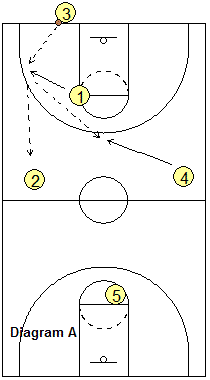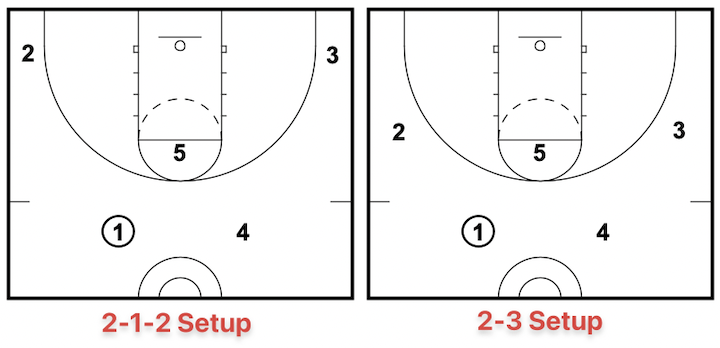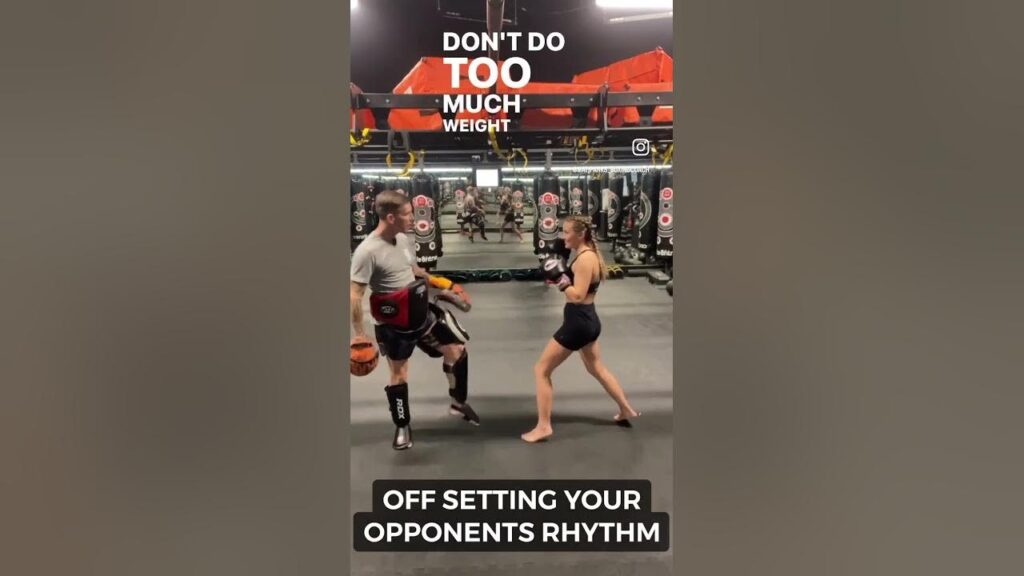As you step onto the court or enter the ring, you know that breaking your opponent’s rhythm is key to gaining the upper hand. Whether you’re a seasoned athlete or a novice looking for an edge, this article will provide you with invaluable strategies to disrupt your opponent’s flow and take control of the game. From changing up your own tactics to analyzing your opponent’s patterns, we’ll explore the most effective ways to keep your adversary on their toes and secure victory. Get ready to level up your game and leave your opponent guessing with these tried and tested techniques.
Study Your Opponent
To effectively break your opponent’s rhythm, it is crucial to study and analyze their playing style. Pay attention to how they approach the game, their preferred strategies, and their overall gameplay. By understanding their style, you can better anticipate their moves and find ways to disrupt their rhythm.
Identifying your opponent’s strengths and weaknesses is essential in devising a winning strategy. Notice what they excel at and what areas they struggle with. Perhaps they have a powerful forehand but struggle with their backhand. By identifying these strengths and weaknesses, you can tailor your approach to exploit their vulnerabilities and neutralize their strengths.
Body language can speak volumes about an opponent’s mindset and intentions on the court. Observe their movements, gestures, and facial expressions. Are they confident and composed, or do they show signs of frustration and discomfort? By paying attention to their body language, you can gain insights into their mental state, which can inform your gameplay decisions.
Vary Your Playing Speed
One effective way to disrupt your opponent’s rhythm is to vary your playing speed. By switching between fast and slow play, you will keep them guessing and make it challenging for them to predict your next move. It can be unsettling for an opponent to adjust their own pace constantly, throwing them off balance and making it difficult for them to settle into a comfortable rhythm.
Using unexpected bursts of speed can catch your opponent off guard and put them on the defensive. By suddenly accelerating during a volley or approaching the net, you can create opportunities to take control of the point. Additionally, decelerating abruptly can mess with their timing and rhythm, as they may be expecting a faster-paced exchange.

Change Your Shot Selection
Mixing up your shot selection is another effective strategy to break your opponent’s rhythm. By alternating between power shots and finesse shots, you will keep them guessing and prevent them from settling into a predictable pattern. Power shots can be intimidating and force your opponent to react quickly, while finesse shots can disrupt their timing and require more precision in their response.
Experiment with different angles and trajectories to keep your opponent on their toes. By introducing variation and unpredictability into your shots, you can create opportunities to catch them off guard and put them in a defensive position. Changing up your shot selection constantly will make it difficult for your opponent to anticipate your next move, disrupting their rhythm and forcing them to react on the spot.
Disrupt Their Timing
Timing plays a crucial role in a player’s rhythm, and disrupting your opponent’s timing can be a game-changer. Use deceptive movements to throw them off balance and make it harder for them to time their shots accurately. For example, you can fake a shot to create hesitation, causing your opponent to misjudge their response and potentially miss the ball.
Another effective approach is to interrupt their pre-shot routines. These routines often involve specific movements or rituals that players go through before taking a shot. By disrupting these routines, you can make your opponent feel uneasy and disrupt their rhythm. For example, you can vary the time you take between points or use unexpected pauses during rallies to keep them off balance.

Focus on Neutralizing Their Strengths
To break your opponent’s rhythm, it is essential to target their strengths and find ways to neutralize them effectively. Pay attention to their dominant hand or foot and force them to use their weaker side. By limiting their ability to rely on their dominant side, you can disrupt their rhythm and make it more challenging for them to execute their shots effectively.
Identify strategies or tactics that specifically counteract their best shots. For example, if your opponent has a strong serve, focus on returning it aggressively and putting them on the defensive. By neutralizing their best shots and minimizing their impact, you will gradually break their rhythm and gain an advantage in the match.
Counterattack Effectively
To disrupt your opponent’s rhythm, it is crucial to anticipate their moves and respond quickly. By studying their playing style and tendencies, you can develop a sense of how they approach the game and predict their next move. When you anticipate their actions, you can effectively counterattack, catching them off guard and disrupting their flow.
Using counter shots can be particularly effective in breaking your opponent’s rhythm. Instead of merely defending, take advantage of their mistakes or weaknesses and use their own momentum against them. By choosing the right moment to counterattack, you can seize control of the point and throw your opponent off balance.

Work on Your Defense
Defense is a vital aspect of breaking your opponent’s rhythm. Developing a strong defensive strategy will allow you to weather your opponent’s attacks and force them into defensive positions. Stay composed and patient, focusing on returning the ball accurately and consistently.
Force your opponent into defensive positions by strategically placing your shots. Aim for their weaker areas or areas where they are less comfortable. By making them play defensively, you disrupt their rhythm and put them on the backfoot. Stay focused and maintain a defensive mindset to effectively counter their offensive efforts.
Use Psychological Tactics
Psychological tactics can play a significant role in breaking your opponent’s rhythm. By displaying confidence and assertiveness, you can exert psychological pressure on your opponent, causing them to doubt themselves and making it harder for them to maintain their rhythm.
Maintain focus and composure throughout the match, even when facing challenging situations. By staying calm and collected, you send a message to your opponent that you are in control, making them more likely to second-guess themselves. Psychological pressure can disrupt their rhythm and give you an advantage in the match.

Create Unpredictability
Creating unpredictability in your gameplay is essential to breaking your opponent’s rhythm. Avoid falling into a predictable pattern or relying on the same strategies and tactics repeatedly. By switching up your approaches and keeping your opponent guessing, you increase the chances of catching them off guard and disrupting their rhythm.
Experiment with different strategies and tactics during the match. Introduce new shots, angles, and variations into your gameplay. By constantly adapting and changing your approach, you make it difficult for your opponent to anticipate your moves and establish a rhythm. Stay flexible and open-minded, consistently challenging your opponent and disrupting their patterns.
Maintain Physical Fitness
Physical fitness is crucial in breaking your opponent’s rhythm. By staying in peak physical condition, you will have the endurance and agility necessary to keep up with the demands of the match. Physical fatigue can hinder your ability to maintain rhythm and make it easier for your opponent to gain an advantage.
Regularly engage in cardiovascular exercises and strength training to improve your overall fitness. Develop a training routine that focuses on agility, speed, and stamina. By prioritizing physical fitness, you give yourself a competitive edge and increase your chances of breaking your opponent’s rhythm.
In conclusion, breaking your opponent’s rhythm requires a combination of strategic thinking, adaptability, and physical fitness. By studying your opponent, varying your playing speed, changing your shot selection, disrupting their timing, focusing on neutralizing their strengths, counterattacking effectively, working on your defense, using psychological tactics, creating unpredictability, and maintaining physical fitness, you can effectively disrupt their rhythm and gain an advantage in the match. Remember to approach each match with a friendly and sportsmanlike attitude while employing these strategies to achieve optimal results on the court.

